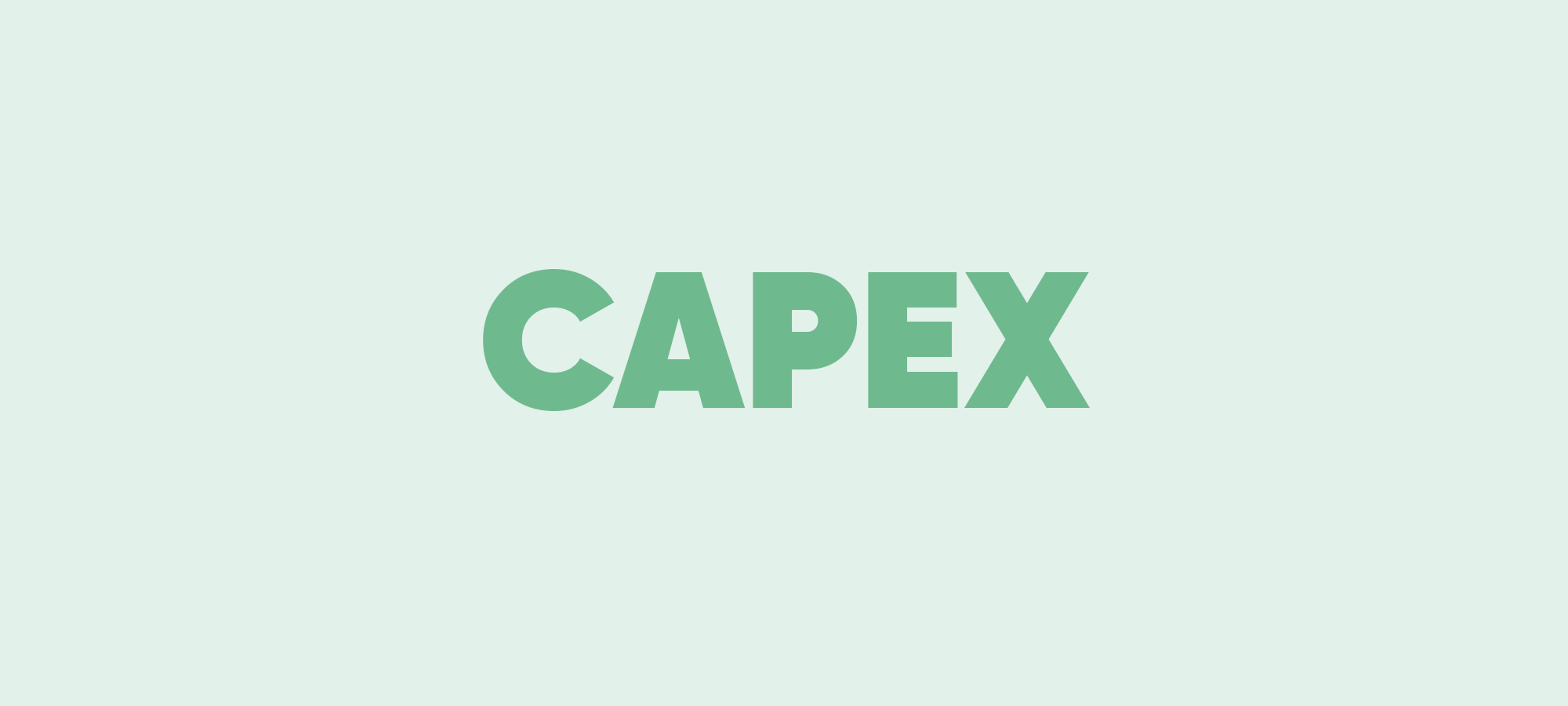This is part 7 of Ravit Insights series on the 7 Cash Flow Drivers essential for SMEs.![]()
Image credit: Kam Idris via Unsplash
Sarah runs a moderately successful specialty cake business, but this year her commercial oven broke and it needed replacing. In addition, she had to buy a new laptop. Sarah was just relieved the delivery van she used was still in working order.
The oven and laptop are great examples of capital expenditure (capex). Unlike day to day expenses, “capital expenditure” refers to investments, or big one-off costs. Money spent to create benefits for the long-term.
This could be money spent on factories, equipment, cars or even furniture and fittings for an office.
Cash flow negative: Capex will be a drain on your cash flow.
For a business like Tom’s knowing when and how to purchase inventory, particularly if he gets a discount for a bulk purchase, can make a huge difference to his margins.
When to buy inventory, how long you hold it, and when it is sold is another critical cash flow driver for a business – your cash is tied up in that inventory.
Capital expenditure is a sneaky cash drain
Increasing capex is a cash drain and it’s sneaky. In accounting terms, these expenses will sit on your balance sheet as a depreciating asset.
Depending on your business, or the size of the capital outlay, you may also be eligible to claim tax offsets for this capital.
As it’s not on your P&L directly, capital expenditure can be difficult to keep a check on.
When you look at your books, the capex expense for one year will be on average one fifth of the number. Businesses will have assets that will have 5-10 years depreciation. So you need to be aware that’s not the full cost.
For example, Sarah’s new commercial oven will likely be shown as 20% of the cost (as her asset will depreciate in value over 5 years).

Keeping track of expenditure
Keep in mind that capital expenditure will be listed separately on your balance sheets from operating expenses.
You will need to adjust the value of your capital expenses over time to keep track of the depreciation.
To keep a check on it, you will need to look at the movement of fixed assets on your balance sheet. Did it go from $1000 to $10,000? That’s going to be a drain on your cash reserves.
In general, large chunky purchases are a key part of doing business but also have a large effect on cash flow. Smart operators will plan for these and understand the effect of each purchase on their cash flow.
Check out the other cash flow drivers all business owners should understand.
